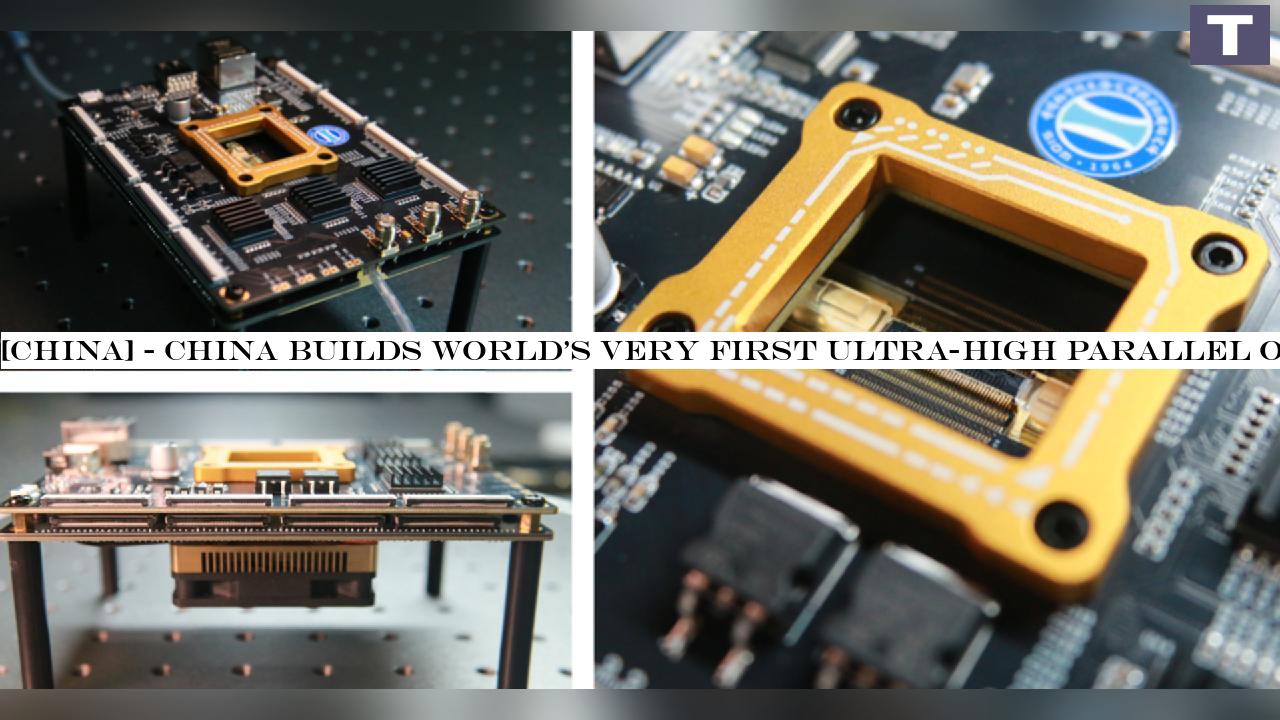
Chinese researchers have actually established the worlds first ultra-high parallel optical computing incorporated chip thats capable of delivering a theoretical peak computing power of 2560 TOPS (Tera Operations Per Second) at a 50 GHz optical clock speed, a metric that supposedly criteria against NVIDIAs advanced GPU chips.The accomplishment originates from researchers at the Shanghai Institute of Optics and Fine Mechanics (SIOM) under the Chinese Academy of Sciences.
The researchers have proposed a new ultra-high parallel photonic computing architecture and separately established an optical computing chip including large bandwidth (over 40 nm), low loss and reconfigurable residential or commercial properties, thus enhancing the chips computing power.An essential innovation lies in making use of soliton microcomb sources, which offer over 100 wavelength channels.
Weve attained information interaction and calculation with over 100-wavelength multiplexing on an optical chip, showing high-density on-chip information parallel processing, stated Xie Peng, a researcher at SIOM.Unlike conventional optical computing that uses a single wavelength, this ultra-parallel technique leverages over 100 separate light wavelengths to process information streams all at once –-- improving calculating power by approximately 100 times without increasing chip size or frequency, according to the research study.
Its like transforming a single-lane highway into an incredibly highway capable of handling a hundred lorries in parallel, significantly increasing throughput per system time without changing the chip hardware, said Han Xilin, an engineer at SIOM.Optical computing, with its natural advantages of high frequency, high parallelism and large bandwidth, offers considerable capacity for improving computing density and power through increased parallelism.
This parallel optical computing architecture holds broad application potential customers in fields like expert system and information centers.In specific, it guarantees effective services for embodied intelligence, neural networks, physical simulations and image processing.
The low-latency characteristics of photonic computing make it perfect for edge devices with small information volumes but high latency requirements, such as communication exchange networks and drone swarms.The groups findings were published on Tuesday as a cover paper in the journal eLight, titled Parallel Optical Computing Capable of 100-Wavelength Multiplexing.

 6
6







